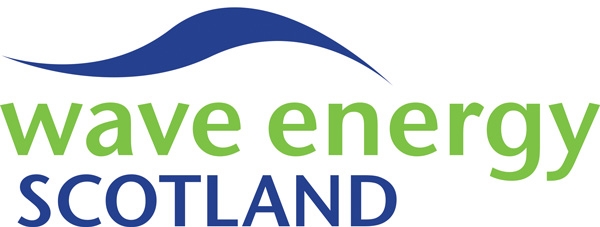Lead contractor
TNEI Services Ltd
Sub-contractor(s)
ITP Energised Ltd
JDR Cables Ltd
Overview
A group of landscaping studies were carried out concurrently to help WES identify a number of research challenges that could be addressed in future funded projects. This study, along with one looking at Moorings & Foundations, helped to inform the Quick Connection Systems call in 2019.
In this project, work was undertaken to investigate the electrical connection infrastructure required for a wave farm, and to assess how cost efficiencies made in this subsystem could improve the Levelised Cost of Energy (LCOE) for farms overall.
The elements of the electrical infrastructure covered include cables, connectors, subsea hubs, voltage levels, generators and more.
The choice on using a wet or dry-mate connectors may have implications on the marine operations and the length of subsea cable required, and array connection layout will have knock on effect on cable sizing and need for subsea hubs. Many of the decisions will be project and WEC specific, so a cost analysis was used to examine the different options, technology combinations and compromises needed when designing a wave energy array.
From the results of these analyses, a number of conclusions and recommendations for future Research and Development (R&D) have been formed and are presented.
Cost Reduction in Supporting Infrastructure - Electrical Connection
December 2018
A State of the Art report was produced as part of this study, which served as a basis to understand the current developmental status of the majority of electrical components for a wave energy system, from where opportunities for cost reduction were explored and identified. Following their identification, these opportunities were assessed in more detail and, where possible, were analysed through a cost modelling tool built for the purposes of this project to calculate percentage changes in the LCOE of wave energy systems.
The study presented in the final report provides an assessment of a number of cost reduction opportunities that have been identified with regards to the electrical connection infrastructure. A key finding is that many of the opportunities to reduce the cost of a wave farm are very project-specific and that these cannot be considered in isolation. As such, a scenario based approach to cost comparison has been undertaken. Full details of the scenarios used to analyse these opportunities are given, along with arrangement of the multiple devices within a wave farm of 10MW or 100MW.

